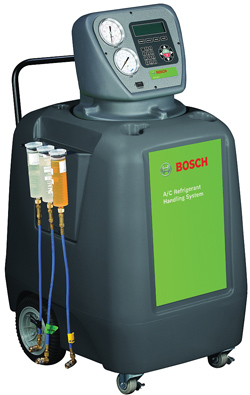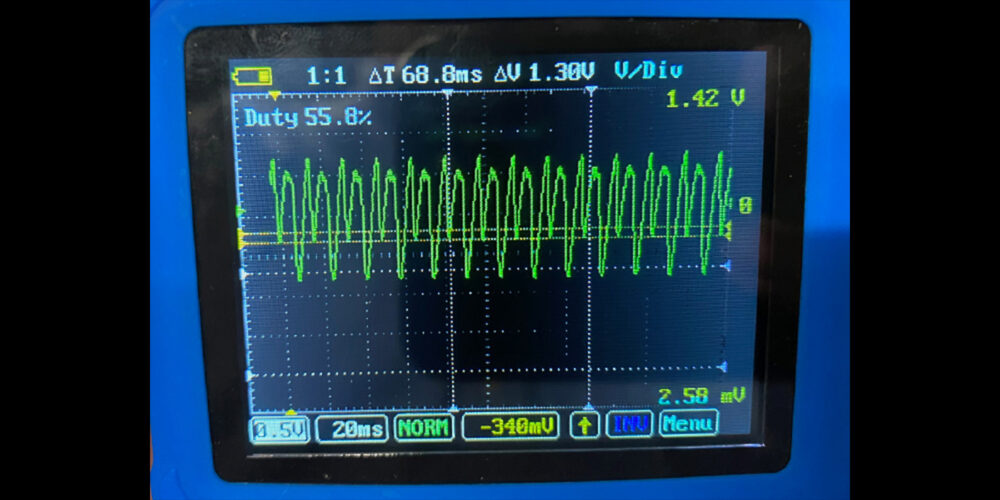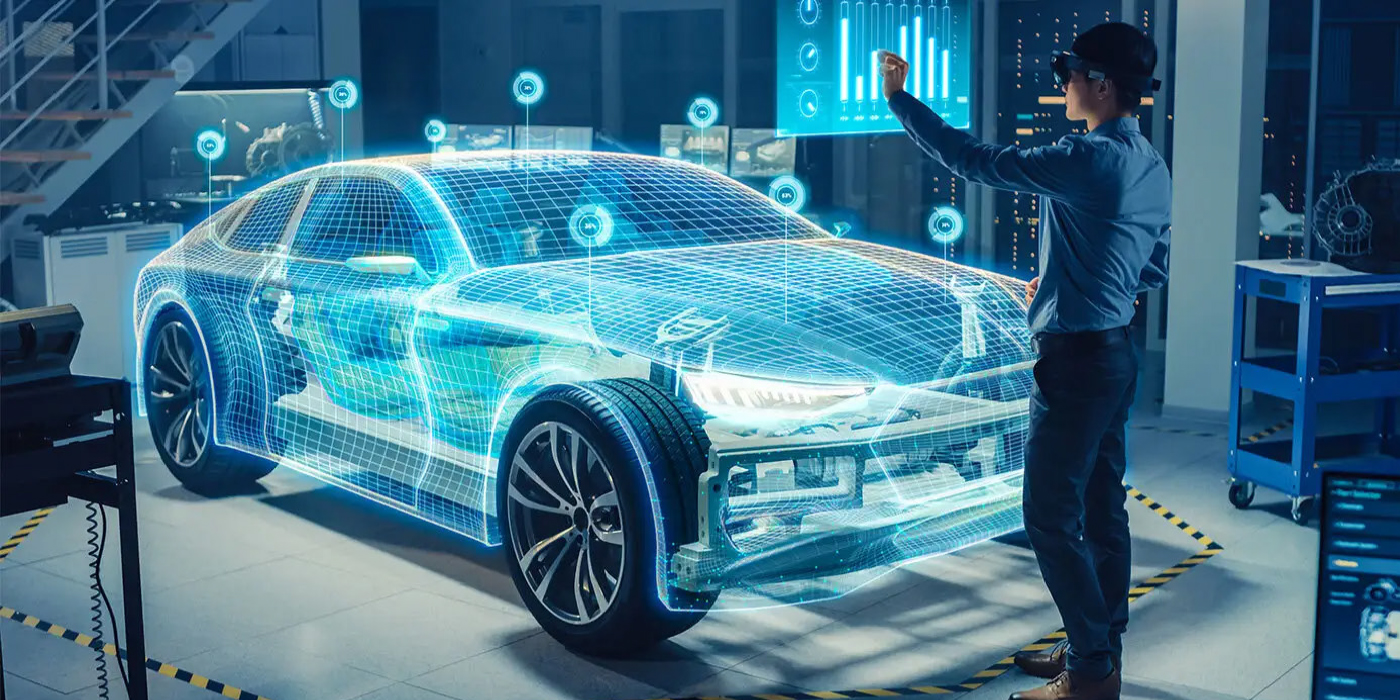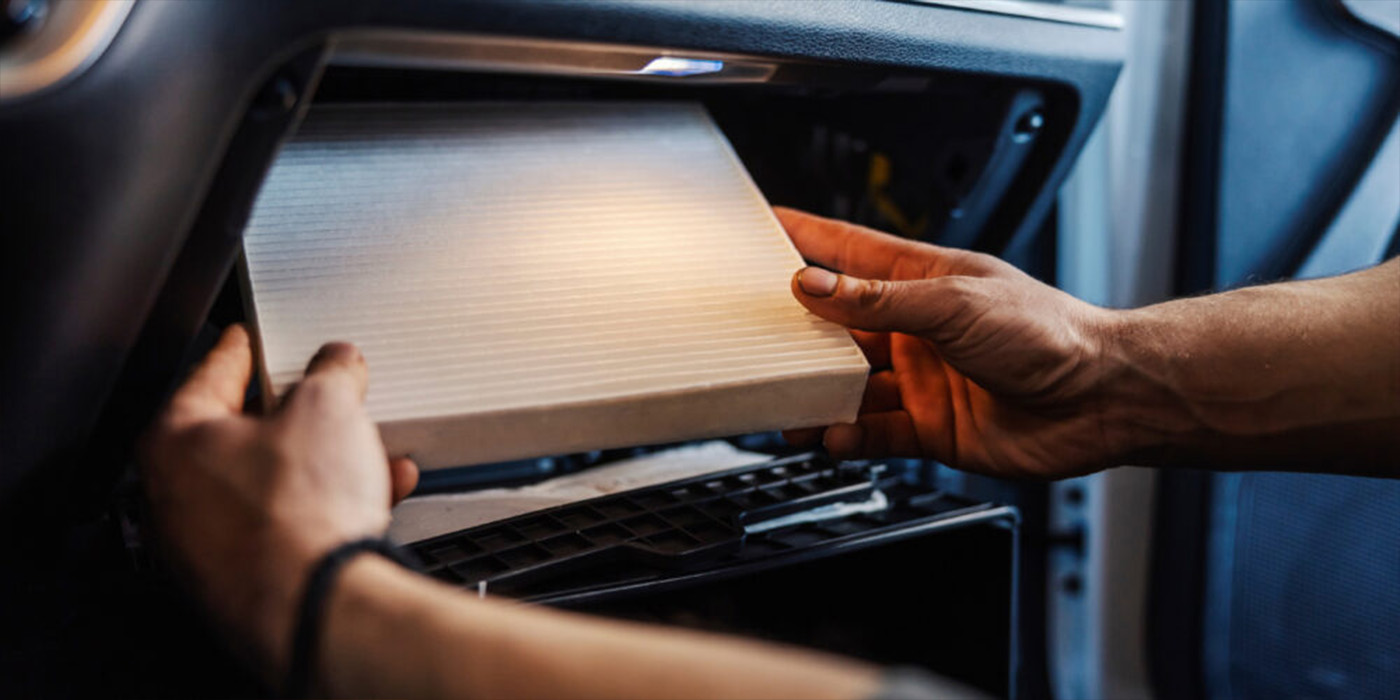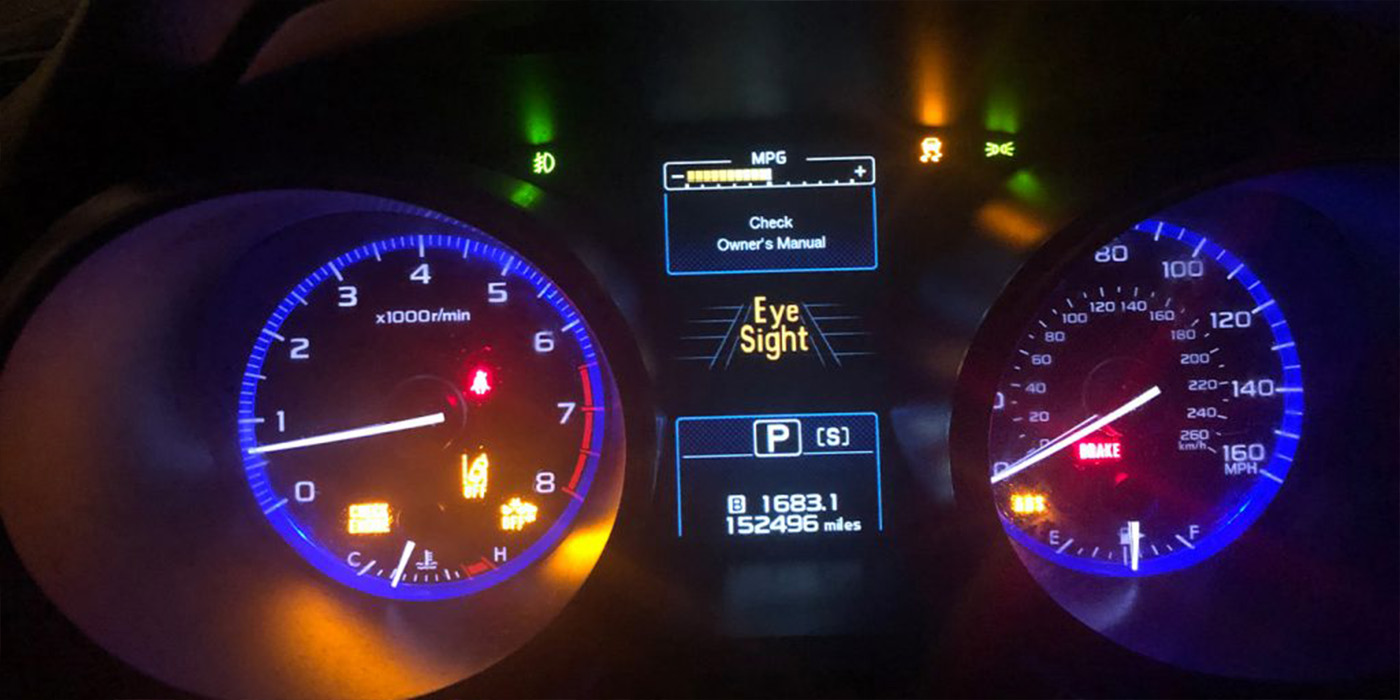By Frank Scandura
Owner, Frank’s Mercedes Service
In case you haven’t heard, there is a new refrigerant coming called R-1234yf. The claims are it’s a much lower greenhouse gas than R-134a. As a shop owner who’s trying to stay ahead of the curve, I need to know what service equipment is needed, when it is needed and what it will cost.
The problem is no one is ready to answer those questions. It would appear the studies and design criteria are not done, yet some vehicle manufacturers are planning to start using R-1234yf as early as later this year.
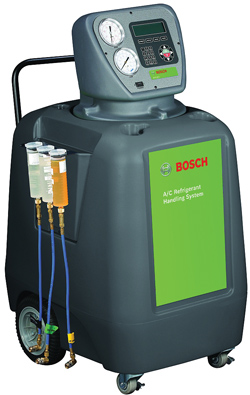
One of the issues my research has brought up is the fact that R-1234yf is slightly flammable and the service equipment must be non-arcing for obvious reasons. I would suspect we are going to handle it a little differently in the shop. Of course, we can expect new and unique fittings and couplers to attach to the vehicles. There also seems to be some disagreement over who will produce R-1234yf, so I would expect it to be expensive when it’s time to purchase it.
By now, I hope you’ve upgraded your A/C Recover, Recycle, Recharge equipment to the new SAE J2788 standard. This standard allows for plus or minus 1 ounce recovery accuracy and ½ ounce charge accuracy, along with 95% recovery efficiency, and there are also purity requirements. This is important as more cars are coming in with low factory fills.
A few years ago, if a vehicle came in and was not blowing cold, and it was a two- or three-pound system, you could recharge it pretty close and still have good cooling efficiency.
Today, it’s not uncommon to see cars with less than a pound of refrigerant from the factory and when you use an older A/C machine, you could over- or under-charge the system enough to cause cooling problems. A 10% or 15% under-charge on a 15-ounce system could mean poor cooling efficiency. So you can see where knowing you’re within a 1/2 ounce is important.
Hybrid Considerations
Never, ever use conventional A/C equipment to service a hybrid system with an electric A/C compressor. These compressors run on a high-voltage, three-phase electric motor and the refrigerant oil in the lines, hoses or your recovery equipment could contaminate the car you’re working on and cause a compressor failure, or worse.
Toyota and Honda also warn that if the wrong oil is introduced into and circulated through the system, all of the main A/C parts (such as the evaporator, condenser, receiver/drier and compressor) must be replaced. There are a number of cars on the road today with idle-stop technology that may be using a high-voltage compressor.
There are A/C Recover, Recycle, Recharge machines today designed to clear the hoses, valves and switches of oil so they can be used on both systems, so get educated on what’s available before making a purchase. Be sure to check with the vehicle manufacturer and use the correct A/C oil in any repair.
And, do not attempt any high-voltage repairs without being properly trained and/or without using the correct safety gear. If you’re looking to add machines for A/C work, don’t purchase any that are not J2788 compliant.
So keep watch for the new refrigerant and get ready to service these new systems, but with the proper training and equipment to do the job correctly and safely.
Frank Scandura is owner of Frank’s Mercedes Service with locations in Las Vegas and Henderson, NV. The 33-year industry veteran boasts the shop’s Golden Wrench Service Commitment – providing customers with the safest and most reliable auto maintenance and repair services possible. His shop specializes in M-B, BMW, Jaguar, Audi and VW, with an emphasis on driveability.

